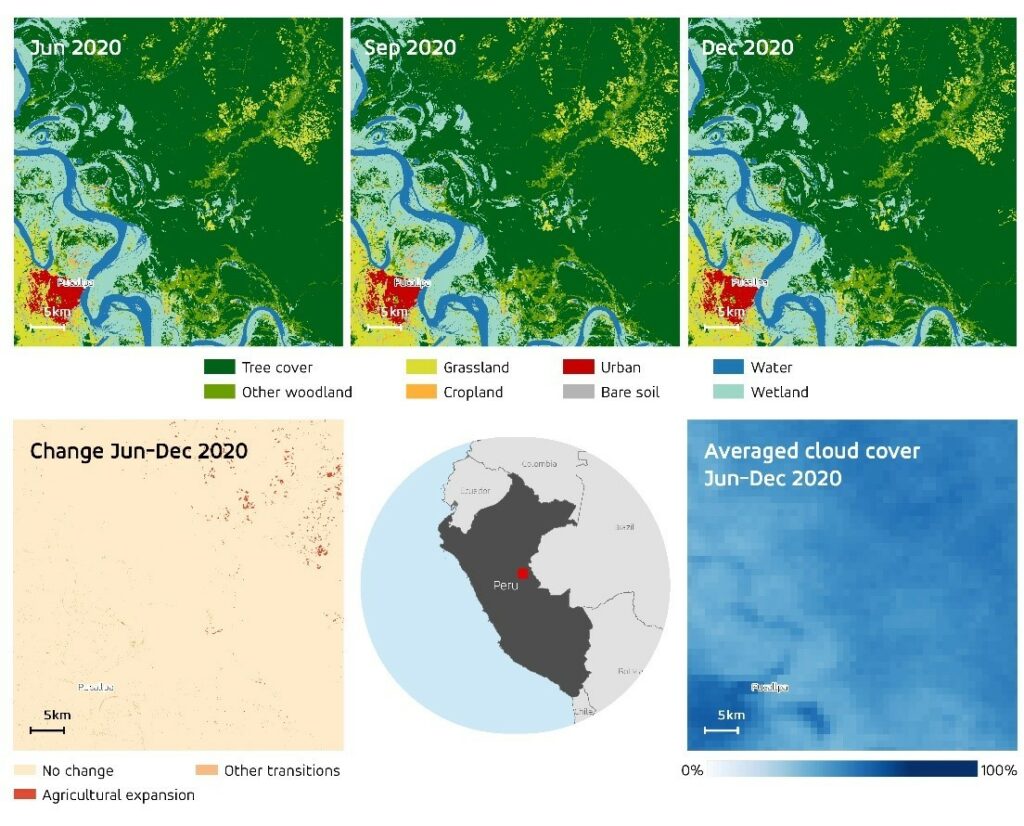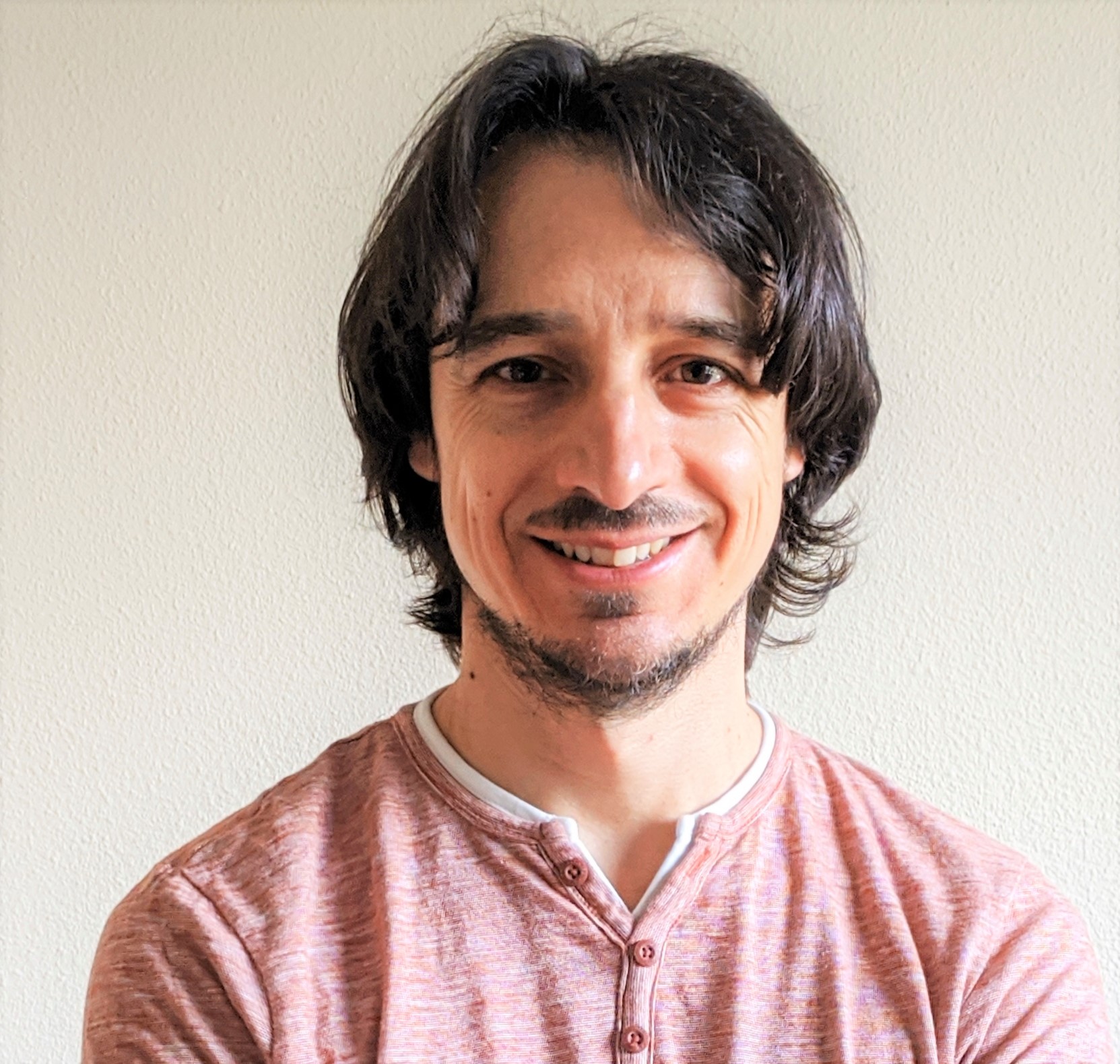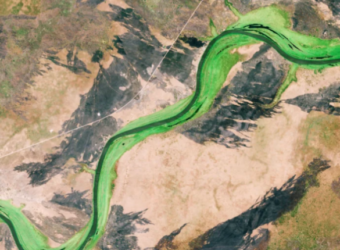International investors are developing financial products that can contribute to sustainable development and climate protection, such as reducing deforestation. While deforestation rates initially declined after peaking in 2004, recent evidence suggests a resurgence. Financial instruments like sustainability-linked bonds (SLBs) could prove beneficial in encouraging governments to safeguard natural assets, like the Amazon.
Collaborating with the World Bank’s Global Program on Sustainability (GPS), the European Space Agency (ESA) Global Development Assistance (GDA) Agile Earth Observation (EO) Information Development (AID) Climate Resilience Consortium has undertaken a comprehensive analysis of deforestation in the Peruvian Amazon tropical rainforest. This analysis can aid in supporting increased investment in SLBs and other innovative financial instruments that endorse sustainable investments.
The GPS aims to promote sustainable development and economic growth by integrating sustainability considerations into policies and decision-making processes. This program achieves its goals by furnishing high-quality data on the stocks and flows of natural resources and ecosystem services. It analyses the associated risks and opportunities for development and assists nations in incorporating these insights into their policies. As part of this endeavour, the World Bank necessitated a prolonged analysis of land cover transitions to facilitate the creation of model-based Key Performance Indicators (KPIs) for SLBs.

SLBs serve as an effective tool to stimulate investments in sustainability. An issuer borrows funds and commits to a sustainable objective (e.g., reducing deforestation). Achieving the target makes debt repayment more affordable, while failure to do so increases repayment costs. SLBs and similar financial instruments necessitate precise and efficient monitoring to activate results-based payments.
Monitoring land changes in rainforests using satellites presents challenges due to factors such as persistent cloud cover, dense canopy density, or intricate terrain. Consequently, ground-based methods are usually employed for monitoring rainforest deforestation. However, these methods are time-consuming, costly, and inefficient for large-scale monitoring.
To address these challenges, the project team combined data from high-resolution optical and radar satellites (Landsat and Sentinel-1) in a continuous change detection and classification model. This model provides deforestation observations and identifies the driving factors at three-month intervals over the past four decades. The increased frequency allows for more accurate measurements of land conversion activities, reducing the lag in detecting deforestation. This data can be utilised for financial instruments that rely on results-based payments. The analysis establishes a crucial link between countries seeking climate and conservation financing and investors who require a means of monitoring initiative progress before investing.
For further information on how ESA’s earth observation data have been utilised in land and forestry projects, please visit this link.
Key Takeaways
- The European Space Agency’s Global Development Assistance Climate Resilience Consortium has furnished the World Bank Group with an exhaustive analysis of deforestation in the Peruvian Amazon rainforest.
- The increased monitoring frequency provides a more detailed comprehension of deforestation rates and the efficacy of projects and policies aimed at curtailing deforestation.
- The data generated through this analysis is pivotal for designing and implementing payments via sustainability-linked bonds. It has also established a connection between nations seeking funding and interested investors.
ESA’s GDA Programme is a worldwide partnership executed in collaboration with key International Financial Institutions (IFIs) – namely, the World Bank and Asian Development Bank. Its purpose is to mainstream the use of Earth Observation (EO) into development operations. For more information, kindly visit our website: https://gda.esa.int










